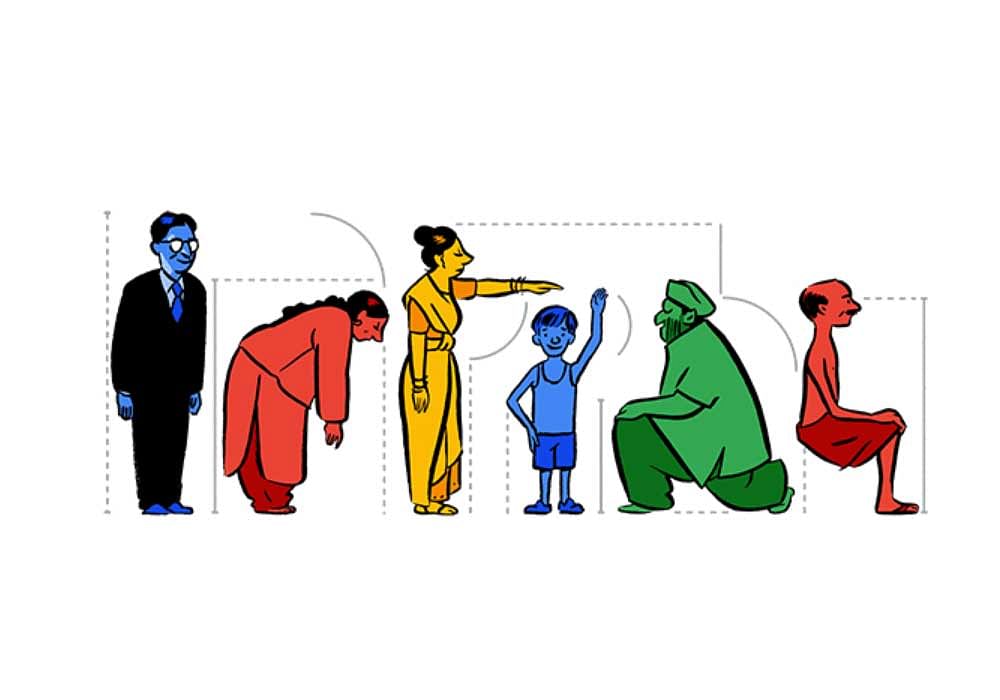Google, on Friday, honoured Indian scientist and statistician Prasanta Chandra Mahalanobis with a doodle on his 125th birth anniversary. From a scientist to being a member of the First Planning Commission of India, Mahalanobis has donned many hats. Mahalanobis, who was known as India’s 'Plan Man', was the architect of the Second Five-Year Plan.
Mahalanobis was born in a Bengali family and did his early schooling at the Brahmo Boys School in Kolkata. He joined Presidency College, Kolkata and received a Bachelor of Science degree with honours in Physics in 1912. He left for England for further studies and joined King's College, Cambridge. He interacted with mathematical genius Srinivasa Ramanujan at Cambridge. He took a short break and took classes in Physics in Presidency College. After returning to England, Mahalanobis was introduced to the journal 'Biometrika'. He discovered the utility of statistics to problems in meteorology and anthropology.
He contributed greatly to India's Five-Year Plans. In the Second Five-Year Plan, he emphasised industrialisation. He played a key role in the development of a statistical infrastructure. He also encouraged a project to assess deindustrialisation in India. He received the Order of the British Empire in 1942 and Padma Vibhushan in 1968. He is also a recipient of the Srinivasa Ramanujan Gold Medal.
On June 28, 1972, Just a day before his 79th birthday, he bid the world adieu. At the time, he was the Secretary and Director of the Indian Statistical Institute and the Honorary Statistical Advisor to the Cabinet of the Government of India.
Since 2007, June 29 is commemorated as Statistics Day to acknowledge Mahalanobis’ pioneering contribution in the field of Statistics and Economics.
Mahalanobis' contributions
Considering the extensive application of statistics in solving various problems in real life such as analysing multivariate anthropometric data, applying sample surveys as a method of data collection, analysing meteorological data, Mahalanobis, along with his colleagues founded the Indian Statistical Institute in Kolkata. The institute started a training section in 1938. By the 1940s, the ISI was internationally known and was taken as a model.
Mahalanobis Distance is one of the most widely used metrics to find how much a point diverges from a distribution, based on measurements in multiple dimensions. It is widely used in the field of cluster analysis and classification. Mahalanobis' outstanding research include D-squared statistic, work on the design of experiment, the large-scale sample survey, fractile graphic analysis, and operations research. He also introduced the concept of pilot surveys and advocated the usefulness of sampling methods.
